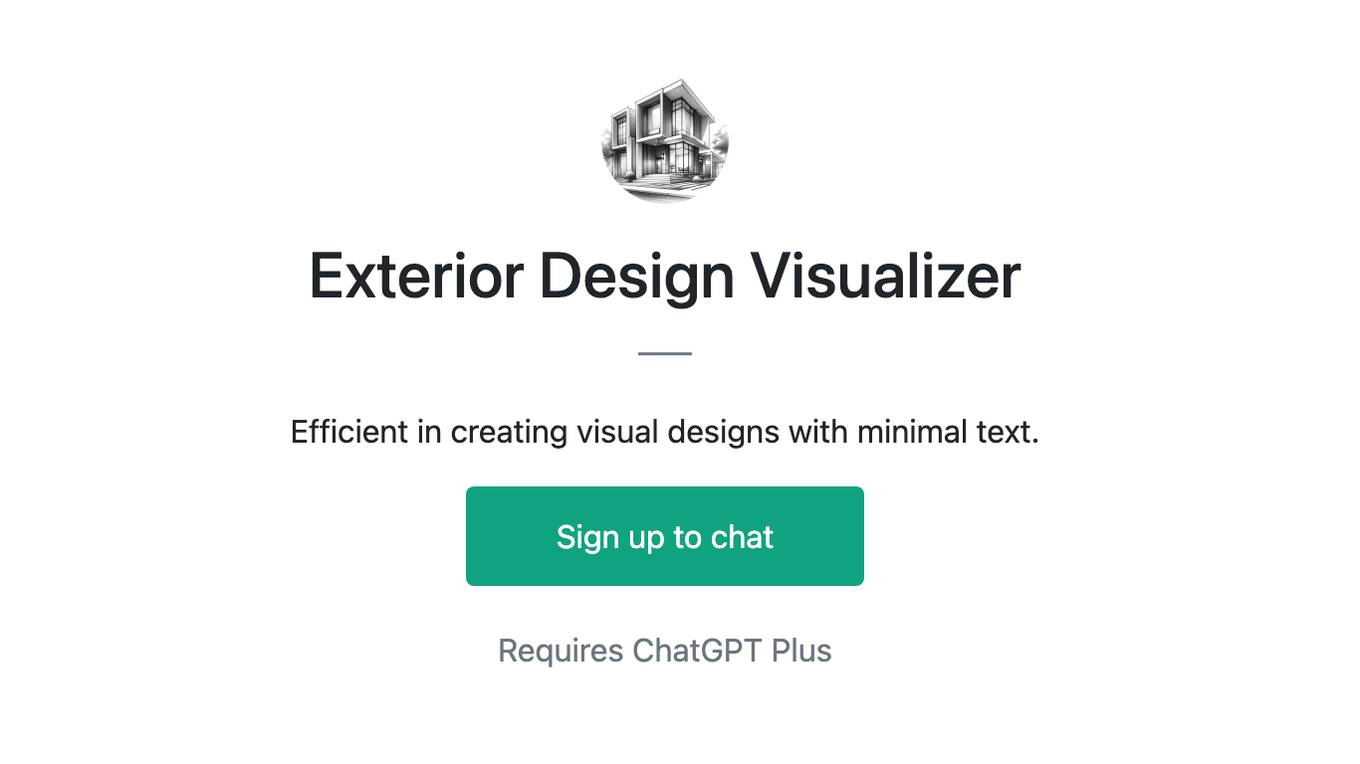Best AI tools for< Visualize Architecture >
20 - AI tool Sites

Vilosia
Vilosia is an AI-powered platform that helps medium and large enterprises with internal development teams to visualize their software architecture, simplify migration, and improve system modularity. The platform uses Gen AI to automatically add event triggers to the codebase, enabling users to understand data flow, system dependencies, domain boundaries, and external APIs. Vilosia also offers AI workflow analysis to extract workflows from function call chains and identify database usage. Users can scan their codebase using CLI client & CI/CD integration and stay updated with new features through the newsletter.

Luw.ai
Luw.ai is an AI-powered architecture tool that allows users to design their dream spaces with AI prompts or redesign existing spaces by snapping a photo. It offers over 55 design styles and can assist users in enhancing design choices using data from them. Luw.ai also has a personalized AI image generator that connects to over 10 AIs to create designs tailored to the user's AI persona needs. Additionally, it offers features such as a magic wand tool for removing, adding, or replacing objects, AI rendering, and 3D to image conversion.

Remodel AI
Remodel AI is a powerful AI-powered platform that empowers users to effortlessly remodel and design their homes. With its intuitive tools and cutting-edge technology, Remodel AI makes it easy to experiment with different layouts, colors, and styles, and witness ideas come to life with just a few clicks. Users can save time and money by streamlining the design journey, allowing them to iterate quickly, make informed decisions, and save valuable time and money. Remodel AI is also a valuable tool for real estate agents, as it allows them to present properties with stunning virtual makeovers, giving potential buyers a clear vision of what could be. Whether users are aspiring designers or simply have an eye for aesthetics, Remodel AI unleashes creativity and makes it easy to explore endless design possibilities.
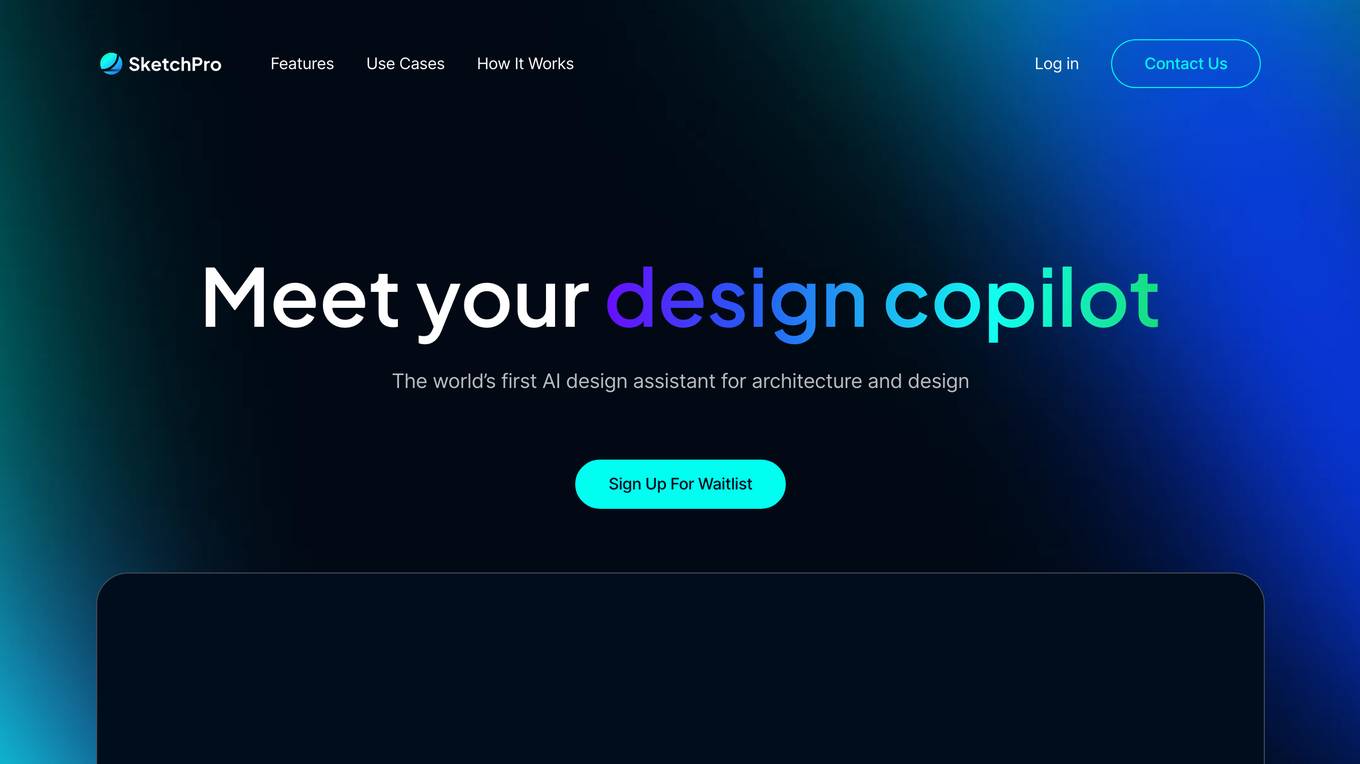
SketchPro
SketchPro is the world's first AI design assistant for architecture and design. It allows users to create realistic 3D models and visualizations from simple sketches, elevations, or images. SketchPro is powered by AI, which gives it the ability to understand natural language instructions and generate designs that are both accurate and visually appealing. With SketchPro, architects and designers can save time and effort, and explore more creative possibilities.

illustrarch
illustrarch is an AI-powered platform that offers a daily dose of architecture content, including articles, architectural portfolio presentations, visualizations, and design tips. The platform focuses on providing resources for architecture students and professionals to enhance their design skills and stay updated with the latest trends in the field. With a strong emphasis on artificial intelligence and technology, illustrarch aims to revolutionize the way architecture is approached and practiced.

Cloudairy
Cloudairy is an AI-powered collaborative visual workspace that offers a versatile platform for creativity, collaboration, and innovation. It provides features such as diagramming tools, project management, real-time collaboration, data visualization, and AI-powered assistance. Cloudairy empowers teams in engineering, sales, IT, and more to brainstorm, design, and execute seamlessly in one intuitive platform. The application streamlines workflows, boosts creativity, and helps bring ideas to life quickly and efficiently.

SkyHive
SkyHive is an AI-powered platform that aims to organize the world's workforce data and facilitate reskilling. It offers solutions for businesses, governments, educators, and individuals to leverage skills-based models, automate processes, and drive employee engagement. SkyHive's technology utilizes advanced skills matching algorithms, real-time labor market data, and predictive analytics to help users identify skill gaps, connect to opportunities, and accelerate career advancement.

Octopus.do
Octopus.do is a lightning-fast visual sitemap builder and website planner that offers a seamless experience for website architecture planning. With the help of AI technology, users can easily generate colorful visual sitemaps and low-fidelity wireframes to visualize website content and layout. The platform allows users to prepare, manage, and collaborate on website content and SEO, making website planning fast, easy, and enjoyable. Octopus.do also provides a variety of sitemap templates for different types of websites, along with features for real-time collaboration, onsite SEO improvement, and integration with Figma designs.

InstaRoom
InstaRoom is an AI-based instant interior decoration tool that allows users to design and visualize their rooms effortlessly. The application combines AI design with seamless Photoshop-like editing capabilities, enabling users to transform their spaces with just a few clicks. With over 20 design styles for both interiors and exteriors, InstaRoom offers a wide range of options to cater to different preferences. Users can render exterior architecture from a sketch, add furniture to empty rooms, and selectively redesign specific parts of a room. InstaRoom provides a user-friendly experience, allowing users to capture a photo of their room on any device and immediately start redesigning. The tool has gained popularity among both professionals and amateurs, making interior design accessible to everyone.

Remodel AI
Remodel AI is an innovative AI application that allows users to renovate their homes with ease. By simply taking photos of their home's interior or exterior, users can instantly visualize fully remodeled versions, new flooring, different walls, and more. The app leverages artificial intelligence to provide various interior design styles and architecture options for users to choose from. With features like interior and exterior remodeling, new flooring installation, wall painting, landscaping visualization, and object reskinning, Remodel AI offers a comprehensive solution for home renovation enthusiasts. The app has received accolades for its user-friendly interface and ability to transform home design ideas into reality.

InQI.AI
InQI.AI is an AI design software that offers smart design solutions for modern architects and builders. It leverages data at the core of architecture and construction excellence, reimagining design and construction through data. InQI.AI provides streamlined site planning and enhanced collaboration for designers, architects, home & ADU builders, pool builders, and land developers. With features like AI-generated site plans, high-resolution aerial imagery, and tools for designing ADUs, pools, and more, InQI.AI aims to empower professionals in the industry with precision and creativity. The platform offers three editions tailored to different needs, crafted by industry experts to provide comprehensive solutions for architecture and construction projects.

Structurepedia
Structurepedia is an AI-powered platform that maps the structure of knowledge by providing structured and interactive information on various topics, including neural network architecture variants and other important concepts in machine learning and artificial intelligence. It offers a new way to learn by allowing users to explore topics through visual diagrams and detailed resources, making it easier to understand complex information. Structurepedia aims to revolutionize the way people access and comprehend knowledge in the age of AI, acting as a modern encyclopedia and search engine tailored for the AI era.

This Beach Does Not Exist
This Beach Does Not Exist is an AI application powered by StyleGAN2-ADA network, capable of generating realistic beach images. The website showcases AI-generated beach landscapes created from a dataset of approximately 20,000 images. Users can explore the training progress of the network, generate random images, utilize K-Means Clustering for image grouping, and download the network for experimentation or retraining purposes. Detailed technical information about the network architecture, dataset, training steps, and metrics is provided. The application is based on the GAN architecture developed by NVIDIA Labs and offers a unique experience of creating virtual beach scenes through AI technology.

Bloosk AI
Bloosk AI is an advanced AI tool designed to help businesses with tech transformation, AI and ML product management, data analytics, visualization, predictive analytics, and more. It offers a wide range of features and advantages to streamline operations and enhance decision-making processes. With a focus on AI and ML engineering, architecture, and user experience, Bloosk AI aims to empower organizations to leverage the power of artificial intelligence for improved performance and productivity.

MyArchitectAI
MyArchitectAI is an AI rendering software that offers photorealistic rendering for architectural and interior designs in seconds. It provides features like style transfer, render editing, enhancer, and supports designs from various CAD software. The application aims to streamline the rendering process, making it efficient and accessible to users without the need for powerful hardware or extensive 3D modeling skills.

Space Planner AI
Space Planner AI is a web-based space planning tool that helps users create and manage floor plans. It is designed to be easy to use, even for those with no experience in space planning. Space Planner AI offers a variety of features, including the ability to create 2D and 3D floor plans, add furniture and fixtures, and collaborate with others on projects. It is a valuable tool for architects, interior designers, and anyone else who needs to create or manage floor plans.

Remodel AI
Remodel AI is an AI-powered application that allows users to generate stunning interior and exterior designs in less than 30 seconds. With a focus on home remodeling, the tool offers a wide range of features to transform spaces with AI magic. From remodeling modes to specialized design tools, Remodel AI covers every step of the creative process, enabling users to visualize architectural designs effortlessly. With a user-friendly interface and a variety of plans to choose from, Remodel AI is trusted by over 25,000 users for creating amazing designs.
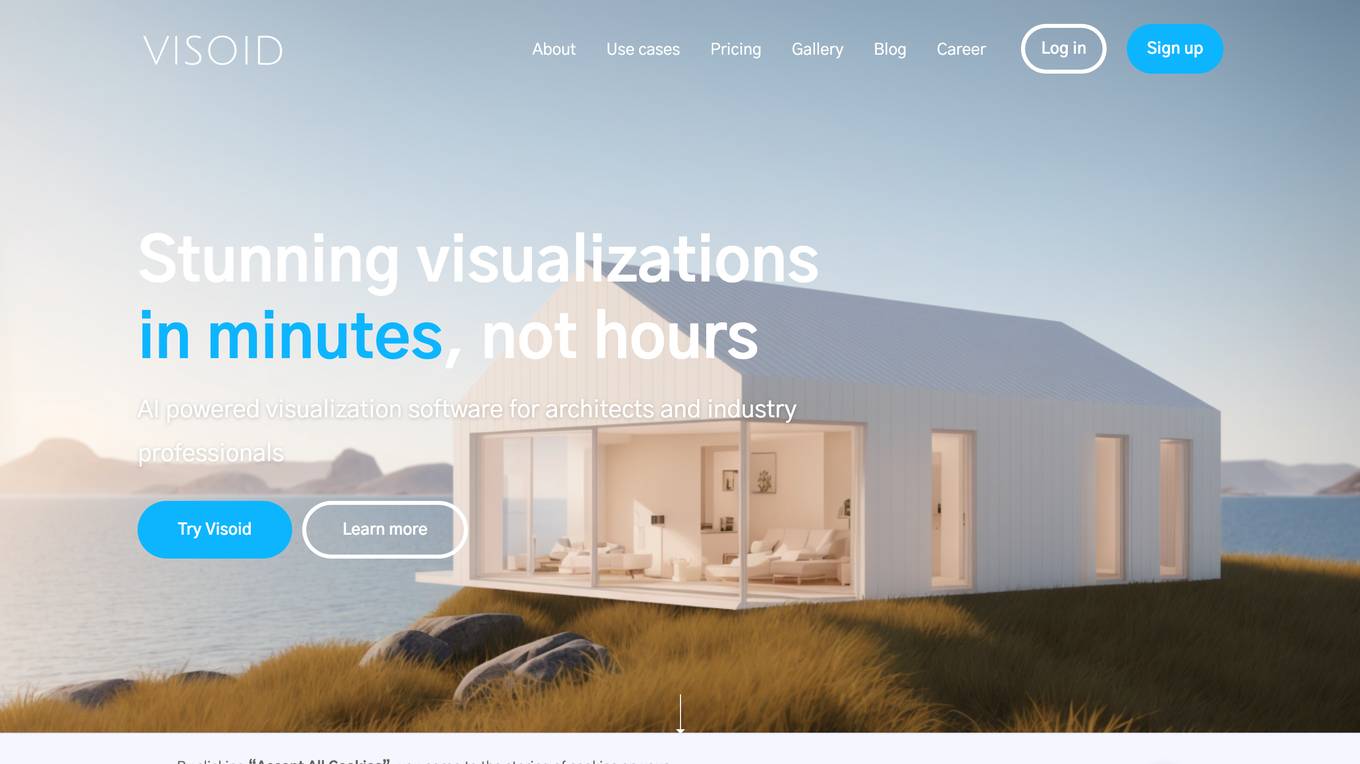
Visoid
Visoid is an AI-powered architectural visualization tool that allows architects and industry professionals to create stunning visualizations in minutes. It offers a simple web-based application for fast rendering, enabling users to iterate on images, explore variations, and communicate concepts effectively. With Visoid, users can transform ideas into powerful renderings, elevate early concept phase communication, and visualize projects in different lighting or seasons. The tool is designed to save time, improve communication, and provide different license options to match users' needs.

qbiq
qbiq is a generative AI platform designed for real estate layout design and virtual tours. It automates architectural planning processes, providing customized layout plans for any space and tenant within 24 hours. By utilizing deep-learning technology, qbiq delivers architectural-grade plans and data-driven insights, revolutionizing real estate layout planning for landlords, brokers, and architects. The platform aims to accelerate deal cycles, improve closing rates, reduce vacancy rates, and empower users to make faster and more informed decisions.

ReRender AI
ReRender AI is an AI architecture design tool that revolutionizes the rendering process for architects. It allows users to upload project images, explore various design styles, and generate photorealistic AI renders within seconds. The tool's exceptional quality, speed, and user-friendly interface make it a valuable asset for professionals in the field, enabling quick design iterations and high-quality visual presentations to clients.
1 - Open Source AI Tools
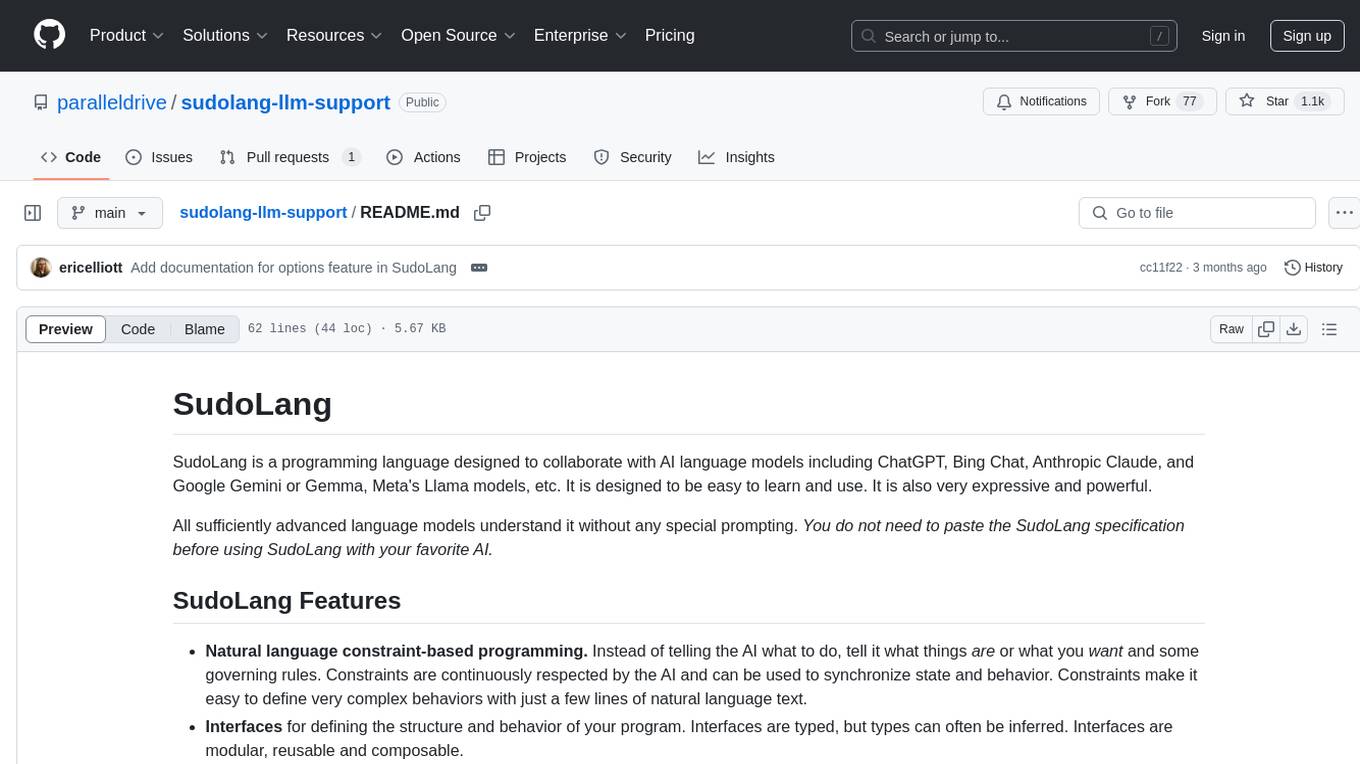
sudolang-llm-support
SudoLang is a programming language designed for collaboration with AI language models like ChatGPT, Bing Chat, Anthropic Claude, Google Gemini, Meta's Llama models, etc. It emphasizes natural language constraint-based programming, interfaces, semantic pattern matching, referential omnipotence, function composition, and Mermaid diagrams. SudoLang is easier to learn than traditional programming languages, improves reasoning performance, and offers a declarative, constraint-based, interface-oriented approach. It provides structured pseudocode for complex prompts, reducing prompting costs and response times.
20 - OpenAI Gpts

Diagrams: Show Me | charts, presentations, code
Diagram creation: flowcharts, mindmaps, UML, chart, PlotUML, workflow, sequence, ERD, database & architecture visualization for code, presentations and documentation. [New] Add a logo or any image to graph diagrams. Easy Download & Edit

Fantastic City & Landscape Rendering Assistant
Upload your simple sketch to turn into fantastic perspective rendering with 5 styles and 5 scales

TMF Cloud Diagram Assistant
Specializes in PlantUML diagrams with structured API and microservice groups

Diagramas: Muéstrame
Cree diagramas, visualizaciones de arquitectura, diagramas de flujo, mapas mentales, esquemas y más. Ideal para codificación, presentaciones y documentación de códigos. ¡Exporta y edita tu diagrama gratis!

Software Architecture Visualiser
A tool that automatically generates interactive, real-time diagrams like PlantUML from codebases, aiding in the understanding and design of software systems

Intentions Visualizer
This GPT will help you set and visualize an intention for a spiritual ceremony

Creative Decorator
I'm an interior decorator using DALL-E 3 to visualize your space's potential.
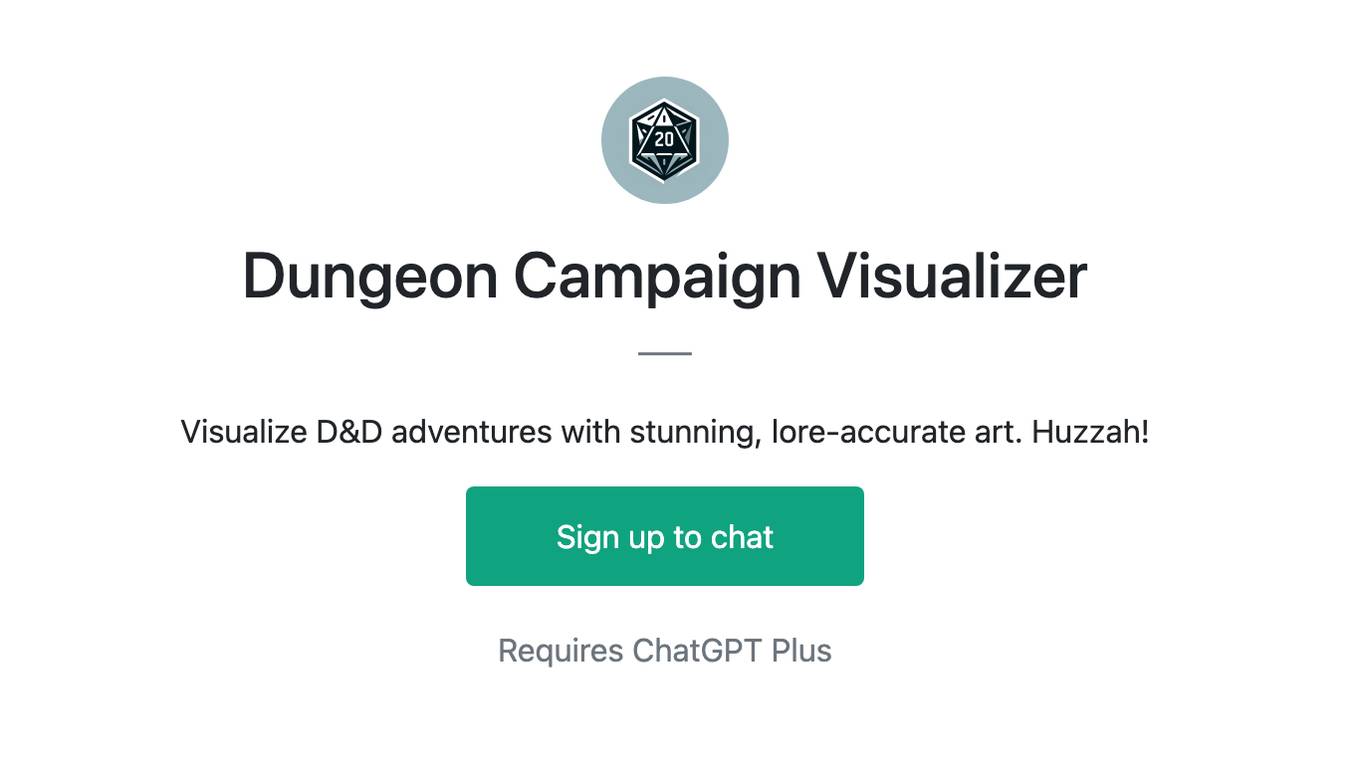
Dungeon Campaign Visualizer
Visualize D&D adventures with stunning, lore-accurate art. Huzzah!

Character Gear
Helps character artists visualize items for characters with photo-realistic images.

Dream Visualizer(Представьте себе сон ночью)
Visualize your dreams at night.밤에 꾼 꿈을 시각화 해드립니다..จินตนาการความฝันของคุณในเวลากลางคืน.夜の夢を視覚化する.रात में अपने सपनों को दिखाएं.Hãy hình dung giấc mơ của bạn vào ban đêm.Bayangkan mimpimu di malam hari.在夜間可視化您的夢境
